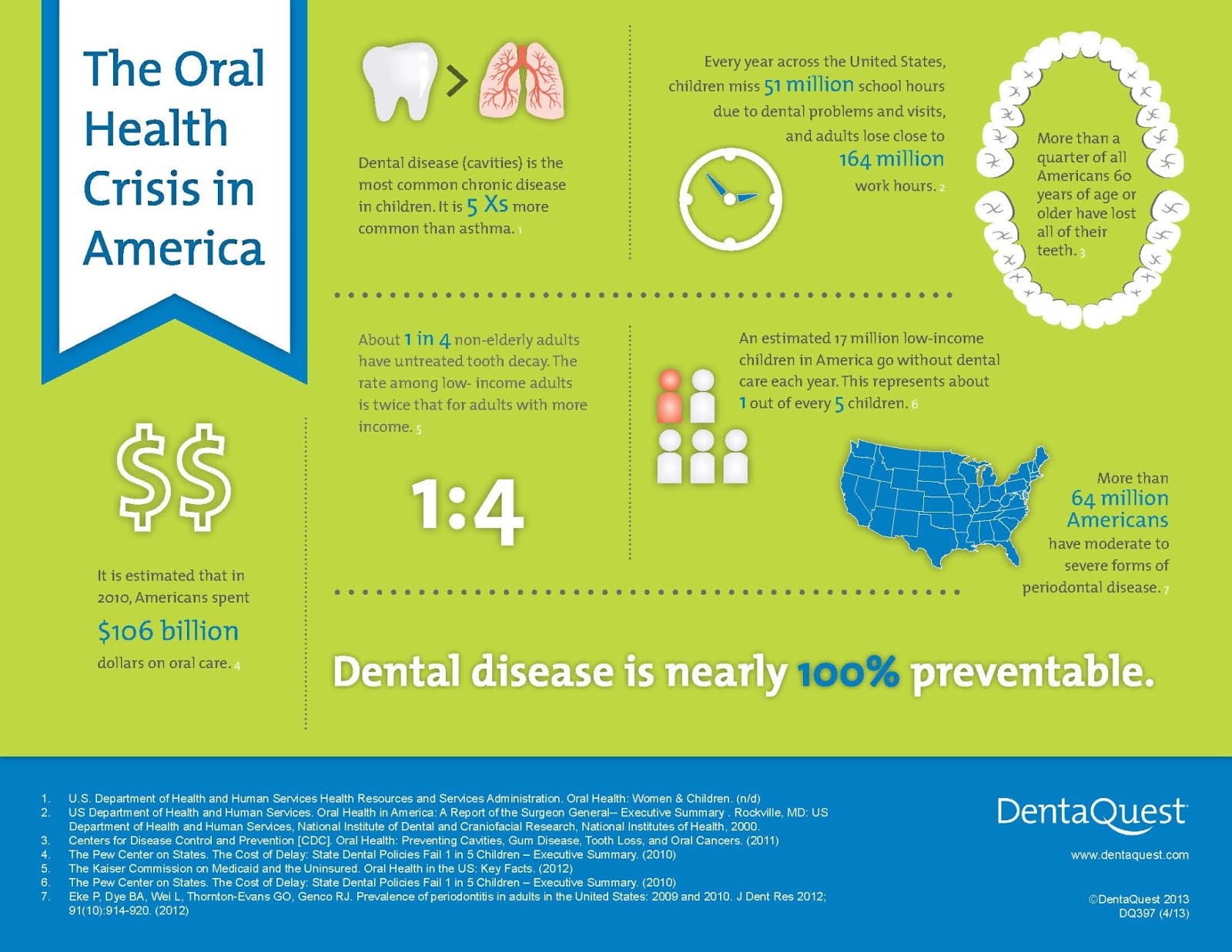The Future Of Oral Surgery: Advancements And Advances Forming The Field
The Future Of Oral Surgery: Advancements And Advances Forming The Field
Blog Article
Writer-Johannsen Dowd
Invite to the world of oral surgery, where advancements and breakthroughs are shaping the future of the area! In this exciting realm, you'll witness the transformative power of robotics, the advanced marvel of 3D printing, and the game-changing impact of minimally intrusive techniques.
The future of dental surgery holds an assurance of accuracy, efficiency, and improved patient results. With the help of sophisticated robotics, cosmetic surgeons have the ability to execute intricate treatments with greater precision and control.
3D printing innovation is changing the production of oral implants and prosthetics, using customized solutions that fit perfectly right into each individual's unique anatomy.
In addition, minimally invasive techniques are lowering post-operative pain and recovery time, enabling people to return to their daily lives sooner.
Prepare to discover the exciting innovations and developments that are reshaping the landscape of dental surgery!
Developments in Robotics
One major development in dental surgery is the use of robot technology, which permits specific and effective surgeries. With the help of robotic systems, oral surgeons have the capability to do complex surgical procedures with enhanced accuracy, decreasing the danger of human error.
These robotic systems are geared up with sophisticated imaging technology and precise instruments that make it possible for surgeons to browse via elaborate anatomical frameworks effortlessly. By making use of robot modern technology, surgeons can achieve greater medical accuracy, causing enhanced individual results and faster recuperation times.
In addition, using robotics in dental surgery enables minimally intrusive treatments, lowering the injury to surrounding cells and promoting faster recovery.
3D Printing in Oral Surgery
To improve the field of dental surgery, you can explore the subtopic of 3D printing in oral surgery. This ingenious technology has the prospective to revolutionize the method oral surgeons run and treat individuals. Right here are 4 essential methods which 3D printing is shaping the area:
- ** Custom-made Surgical Guides **: 3D printing permits the development of highly exact and patient-specific surgical guides, improving the accuracy and performance of procedures.
- ** Implant Prosthetics **: With 3D printing, oral cosmetic surgeons can develop customized dental implant prosthetics that perfectly fit a client's special makeup, resulting in much better end results and client complete satisfaction.
- ** Bone Grafting **: 3D printing enables the production of patient-specific bone grafts, decreasing the need for standard grafting strategies and enhancing recovery and recuperation time.
- ** Education and Educating **: 3D printing can be utilized to develop practical surgical designs for educational objectives, permitting oral cosmetic surgeons to practice complex treatments before performing them on patients.
With https://howmuchdentalimplantscost06173.blogadvize.com/40311748/sedation-dental-care-enhancing-client-comfort-and-lowering-anxiousness-in-the-dental-chair to enhance precision, personalization, and training, 3D printing is an interesting development in the field of oral surgery.
Minimally Invasive Strategies
To additionally progress the area of dental surgery, welcome the potential of minimally intrusive techniques that can greatly benefit both specialists and people alike.
Minimally invasive techniques are revolutionizing the area by lowering surgical trauma, lessening post-operative pain, and speeding up the healing process. https://dentistry.co.uk/2023/08/01/meet-patient-demand-with-the-confident-smile-makeover/ involve making use of smaller sized incisions and specialized tools to carry out procedures with precision and efficiency.
By making use of innovative imaging innovation, such as cone light beam computed tomography (CBCT), specialists can precisely intend and perform surgeries with minimal invasiveness.
Furthermore, the use of lasers in dental surgery allows for accurate cells cutting and coagulation, resulting in decreased bleeding and lowered healing time.
With minimally intrusive strategies, people can experience faster healing, lowered scarring, and enhanced results, making it an important facet of the future of dental surgery.
Conclusion
So, as you can see, the future of oral surgery is unbelievably appealing, with amazing innovations and advancements forming the area.
From the developments in robotics to the use of 3D printing and minimally invasive techniques, oral cosmetic surgeons are revolutionizing the means they give treatment.
While some might worry about the possible cost associated with these improvements, it is very important to keep in mind that these innovations ultimately enhance patient outcomes and minimize recuperation time, making them well worth the investment in the future.
